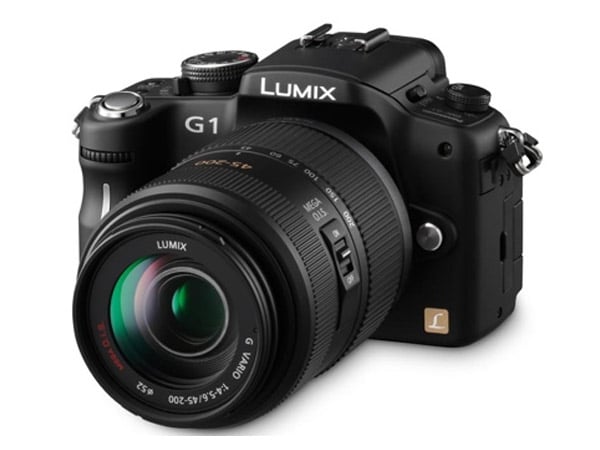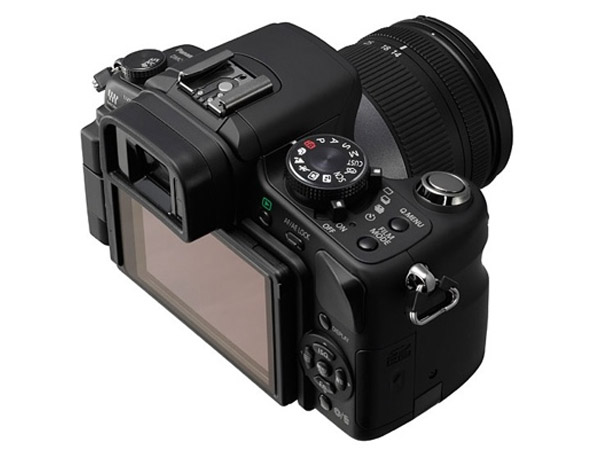Nothing beats the thrill of having reached a milestone first – the first man on the moon, first person to have taken more than 500 wickets in test cricket, first woman to have run a country, the first interchangeable lens camera without the pentaprism mirror and so on. Within one moment, a person or thing is transported into a phenomenon. The whole world giddily tries to emulate what that First has accomplished; while some even try to improve on what is already there. Having reached there first, before anyone else did, however, makes all the difference. This is perhaps what Panasonic Lumix DMC-G1 must have undergone, being the world’s first mirror-less or micro four-thirds camera. Having heralded this technology into the world of imaging, this 12mp camera brings with it the new age of imaging.
Design and FunctioningOkay, the teeny-weeny bad news first – the Panasonic Lumix DMC-G1 isn’t quite as small as one would expect a full fledged DSLR to look like. Its dimensions are pretty much like those of a traditional DSLR and anybody could be fooled into confusing it for one. Now, the good news – to make itself interesting even to the average consumer rather than just the serious shutterbug or dedicated dilettante, the Panasonic Lumix DMC-G1 comes in colours like Plum Red and Royal Blue colour too, apart from the traditional Black colour. Since this isn’t an SLR camera, to be precise, some of its functions are those of a compact camera. For example, its Optical image stabilisation is supplied via the lens, rather than being built-in to the camera body. It can be turned on and off via the Mega O.I.S switch on the lens barrel. The rear of the Lumix DMC-G1 is dominated by the large 3 inch LCD screen. The rotating, free-angle LCD monitor, which is hinged on the left side of the camera, can be flipped out and twisted through 270 degrees. Instead of the bulky optical viewfinder of a conventional DSLR, the Panasonic G1 has a smaller electronic viewfinder. The Intelligent Auto Mode now also includes Intelligent Exposure, which increases exposure only in the under-exposed areas of the image, Digital Red-eye, which automatically detects and removes red-eye. This camera is compatible with SD/SDHC as well as MMC cards.








